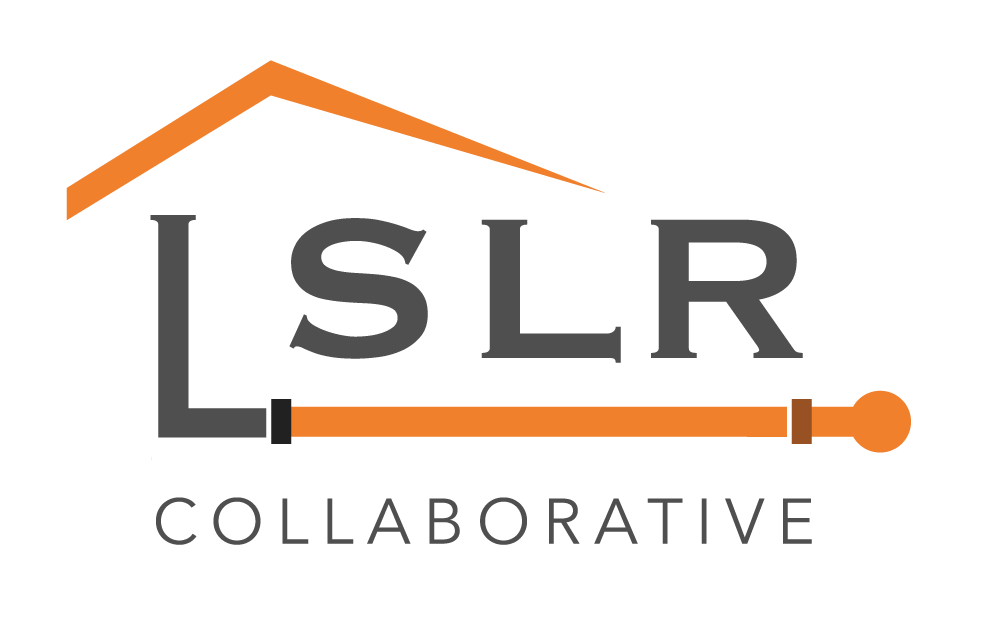|
YourHub
Jose Salas Read the full article. When you’re responsible for delivering a clean, safe and reliable drinking water supply to a quarter of Colorado’s population, understanding the different languages, ethnicities, race, religions and socioeconomic backgrounds that make up your community is a must. Especially when it comes to launching the largest public health initiative in Denver Water’s history, the Lead Reduction Program, which will remove an estimated 64,000 to 84,000 lead service lines in the utility’s service area over 15 years at no direct cost to the customer. How has Denver Water made sure that it’s effectively working with and communicating in every community regardless of status, background or language? According to Meg Trubee, communications, outreach and education manager for Denver Water’s Lead Reduction Program, diversity and inclusion were top priorities from the beginning. “We developed a team of experts to focus on reaching as many people in the program as possible,” she explained. “It all started with a lot of data and research.” Read the full article. Comments are closed.
|
Have a suggestion for an article or blog to add?
Let us know! Type
All
Date
April 2023
|


 RSS Feed
RSS Feed